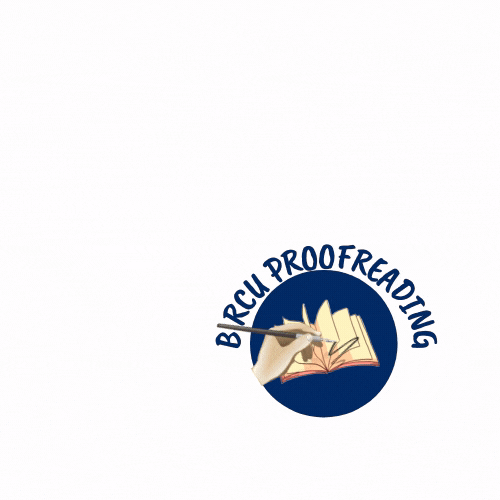Development of Assessment Instruments Based on Higher order Thinking Skill (HOTS) to Measure Critical Thinking Students of Class XI IPS Private Senior High School of Sultan Iskandar Muda Medan TP 2020/2021
Abstract
The development of a HOTS-based assessment instrument in the form of a test is prepared based on an analysis of the needs of students and teachers in economics subjects for the 2020/2021 academic year in the 2013 curriculum student critical. This research is a development research (R and D) with a Borg and Gall development model that has been adapted to research needs Based on the results of the study, it shows that the results of the evaluation expert validation for multiple choice questions of 88% are in the very good category, for essay questions 87% are in the very good category, the results of material expert validation are 84% in the very good category, the results of response validation the teacher is 88% very good and the student response validation is 91% in the very good category. For the results of the analysis of the validity of multiple-choice questions and descriptions, they are in the valid and reliable category, have a level of difficulty in the medium category and have different power of questions, namely 8 questions in the very good category, 8 questions in the good category and 9 questions in the sufficient category. The results of the analysis of students' HOTS questions have an average of 66% in the sufficient category, and the results of the students' critical thinking questionnaire have an average of 68.8% are in the critical enough category. This shows that the HOTS-based assessment instrument is effective in measuring students' critical thinking skills seen from the results of the HOTS-based assessment instrument analysis which is directly proportional to the results of students' critical thinking questionnaires.
Keywords
Full Text:
PDFReferences
Alec F. (2009). Berpikir Kritis Sebuah Pengantar. Terj. Benyamin Hadinata. Jakarta: Erlangga
Anderson, L.W., and Krathwohl, D.R. (2001). A Taxonomy for Learning, Teaching, and Assesing: A Revision of Bloom’s Taxonom y of Educatioanl Objectives. New York: Addison Wesley Longman, In.
Arikunto, S. (2014). Prosedur Penelitian Suatu Pendekatan Praktik. Jakarta: Rineka Cipta.
Arifin, Z. (2018). Pengembangan Instrumen Analisis Kesalahan Untuk Mengukur Critical Thinking Skill Berdasarkan Kompetensi Inti Kurikulum 2013. Eduma : Mathematics Education Learning and Teaching, 7 (1). https://doi.org/10.24235/eduma.v7i1.2734.
Ediyani, M. et al. (2020). Study on Development of Learning Media. Budapest International Research and Critics Institute-Journal (BIRCI-Journal). P. 1336-1342.
Fachrurazi. (2011). “Penerapan Pembelajaran Berbasis Masalah untuk Meningkatakn Kemempuan Berpikir Kritis dan Komunikasi Matematis Siswa Sekolah Dasar”. Forum Penelitian, Edisi khusus No. 1: 76-89.
Hartini and Sukardjo. (2015). Pengembangan Higher Order Thinking Multiple Choice Test Untuk Mengukur Keterampilan Berpikir Kritis IPA Kelas VII SMP/MTS. Yogyakarta: UNY/Jurnal Inovasi Pendidikan IPA.
Hasan, S. W., Auliah, A., and Herawati, N. (2020). Pengembangan Instrumen Penilaian Kemampuan Berpikir Kritis Siswa SMA. Chemistry Education Review (CER), 3 (2), 185. https://doi.org/10.26858/cer.v3i2.13769
Hutapea, N., and Sudrajat, A. (2019). Pengembangan Instrumen penilaian berbasis kemampuan berpikir tingkat tinggi (HOTS) untuk pembelajaran sifat koligatif larutan pada siswa kelas XII IPA SMA Negeri 12 Medan. SemNas. Peningkatan Mutu Pendidikan, 1 (1): 498–502.
Matondang, Z., Ely D., Sriadhi and Janner S. (2019). Evaluasi Hasil Belajar. Medan: Yayasan Kita Menulis
Mason. J., Leone B., and Kaye S,. (2010). Thinking Mathematically: Second Edition. Boston: Pearson Education University of Melbourne.
Ridho, S., Ruwiyatun, R., Subali, B., and Marwoto, P. (2019). Analisis Kemampuan Berpikir Kritis Siswa Pokok Bahasan Klasifikasi Materi dan Perubahannya. Jurnal Penelitian Pendidikan IPA, 6 (1), 10. https://doi.org/10.29303/jppipa.v6i1.194.
Setiawati, W., Asmira, O., Ariyana, Y., and Bestary, R. (2018). Buku Penilaian Berorientasi Higher Order Thinking Skills: Program Peningkatan Kompetensi Pembelajaran Berbasis Zonasi. 39.
Widya. (2019). Pengembangan Instrumen Asesmen Higher Order Thinking Skills (HOTS) untuk Mengukur Kemampuan Berfikir Kritis Siswa dalam Materi Pola Bilangan pada Kelas VIII Semester 1. Surakarta: Universitas Muhammadiyah Surakarta.
DOI: https://doi.org/10.33258/birci.v4i4.2944
Article Metrics
Abstract view : 106 timesPDF - 56 times
Refbacks
- There are currently no refbacks.

This work is licensed under a Creative Commons Attribution-ShareAlike 4.0 International License.

This work is licensed under a Creative Commons Attribution-ShareAlike 4.0 International License.

_.gif)

















_.gif)



